Contemporary Interior Design: A Designer’s Guide to Modern Home Decor
Step into the sleek, streamlined world of contemporary interior design—a world that fuses functionality, aesthetics, and simplicity in an entrancing blend. This design style has been winning hearts and turning heads with its sublime allure, but to truly understand its magic and infuse it into your personal space, you need to unravel the intricacies of its underlying principles.
Crafting your home in a contemporary style isn't just about jumping on a popular bandwagon. It's about exploring a realm of design that appreciates subtlety and celebrates the elegance of simplicity. So, come along with us as we paint a comprehensive picture of this remarkable style and answer those burning questions you've been eager to ask. Let's find out how the art of contemporary living can transform your home into a modern masterpiece.
What Is Contemporary Interior Design?

At its core, contemporary design is about living in the moment. It's a dynamic, ever-changing style that reflects current trends, making it different from timeless styles like traditional or classic. It changes with each decade, reflecting the popular trends of the time.
While it borrows elements from modern design, such as clean lines and minimalism, contemporary design also embraces curvier lines and a warmer palette, aiming for simplicity and subtlety, giving more importance to form and functionality than excessive decoration.
Key Elements of Contemporary Style
Neutral Color Palettes with Bold Accents

Neutral color palettes dominate contemporary living rooms. However, it isn’t about making everything one hue. Instead, it’s about blending neutral shades, textures, and materials to create a warm and inviting space. Whites, grays, and creams are popular choices, often contrasted with darker elements for balance. Bold and bright colors often come in through accents, artwork, or a single piece of furniture, adding vibrancy to the room.
Clean, Geometric Lines in Architecture and Decor

The hallmark of contemporary design is clean, sleek lines - seen in architectural details, high ceilings, bare windows, and geometric shapes in wall art and sculpture. This can be horizontal, vertical, or curvilinear.
Embracing Open Floor Plans and Natural Light

📸 Huang Iboshi Architecture, Inc
Contemporary interiors often feel spacious and airy. Open floor plans and bare windows allow natural light to flood in, enhancing the openness. Open space is a key element, with less being more in terms of furnishings and clutter.
Mixed Materials and Textures

Contemporary design uses a variety of materials to add texture and interest, but in a more restrained way compared to styles like Maximalist Interior Design, which embraces bold layering and pattern play. Leather, silk, steel, glass, and wood are commonly used in this style, often in an unexpected or innovative way. Polished metals, like chrome or stainless steel, are prevalent in contemporary design, often used in furniture frames, railings, or as accent pieces.
Minimalist Decor and Thoughtful Storage Solutions

In contemporary design, clutter is the enemy. Fewer accessories and a minimal aesthetic are defining characteristics—similar to the principles in Minimalist Interior Design: Embracing Simplicity, which dives deeper into creating clean, intentional spaces. There's an emphasis on spaciousness, with storage solutions seamlessly integrated into the design to maintain the clean, uncluttered aesthetic.
Contemporary Furniture and Lighting Tips
Furniture in contemporary design often reflects a minimalist approach, favoring functionality over elaborate detail. Clean lines, neutral colors, and smooth surfaces are typically used. Furnishings are commonly upholstered in natural fibers like cotton, wool, or linen, avoiding synthetic materials and ornate or busy patterns.
Lighting, too, plays an important role. Recessed or track lighting helps highlight specific areas, architectural details, or artwork. Floor and table lamps with sleek metallic finishes often serve a dual purpose, acting as decorative pieces alongside their functional use. Large windows that let in natural light are also common.
Infusing Personal Touches in Contemporary Design
While contemporary design relies heavily on current trends, it doesn't mean your space should feel impersonal or cold. Your home should reflect your personality. Personal mementos, family photos, or pieces that have personal significance can certainly find a place in contemporary design.

Contemporary design and natural elements are a match made in heaven. A touch of greenery can breathe life into the room, while wooden elements add warmth and character. Even though neutral shades dominate the contemporary color palette, don't hesitate to express your personal energy through vibrant pops of color. Pillows, a statement chair, or standout artwork can introduce an element of surprise and personalization.
FAQs About Contemporary Interior Design
1. What is contemporary interior design?
Contemporary interior design is a modern decorating style that focuses on clean lines, open spaces, neutral colors, and minimalist furniture. Unlike modern design, which refers to a fixed period, contemporary design evolves with current trends and blends functionality with sleek, stylish decor.
2. What’s the difference between modern and contemporary design?
Modern design refers to the mid-20th-century style focused on simplicity and function. Contemporary design is trend-driven and ever-changing, combining modern elements with current interior design trends, bold accents, and neutral palettes for a fresh, timeless look.
3. Can you mix contemporary design with other styles?
Yes, contemporary interiors mix well with mid-century modern, industrial, or Scandinavian styles. Combining sleek furniture, cohesive color schemes, and minimalist decor helps blend styles while maintaining a modern, clutter-free aesthetic.
4. Is contemporary design good for small spaces?
Contemporary design is perfect for small spaces. With open layouts, light-reflecting materials, and space-saving furniture, this style makes rooms feel larger and more functional without sacrificing modern design aesthetics.
5. Is contemporary interior design expensive?
Contemporary style looks luxurious but can be budget-friendly. Its focus on minimalism and functionality means fewer decor items, and affordable modern furniture is widely available for creating a high-end look without overspending.
Start Designing Your Contemporary Dream Home
Contemporary design is more than keeping pace with trends—it's a celebration of architectural integrity, an ode to simplicity, and a commitment to efficient and sustainable living. By understanding and embracing these principles, you can breathe contemporary life into your home.
Ready to bring contemporary style into your home? With the DecorMatters app, you can visualize your ideas, experiment with real furniture, and design your dream home using contemporary principles. Download the app now and start styling like a pro.
UP NEXT: Top 25 Interior Design Trends for 2025 You Need to Know
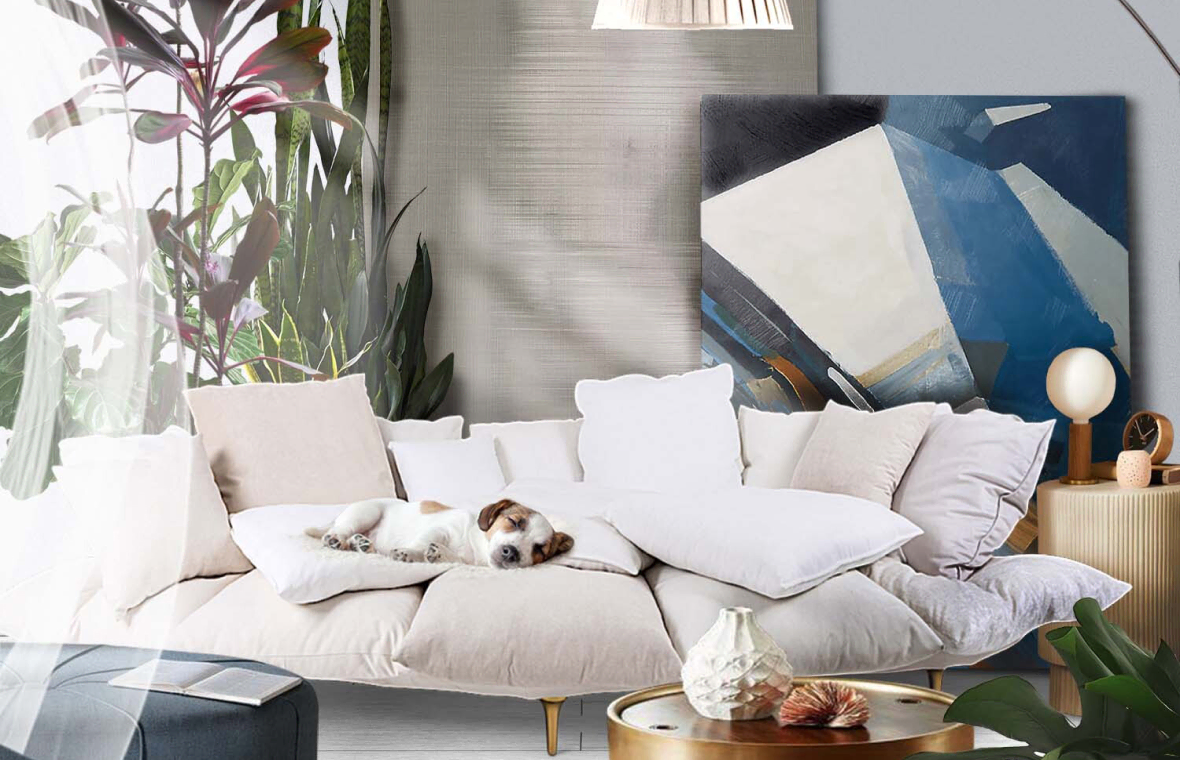
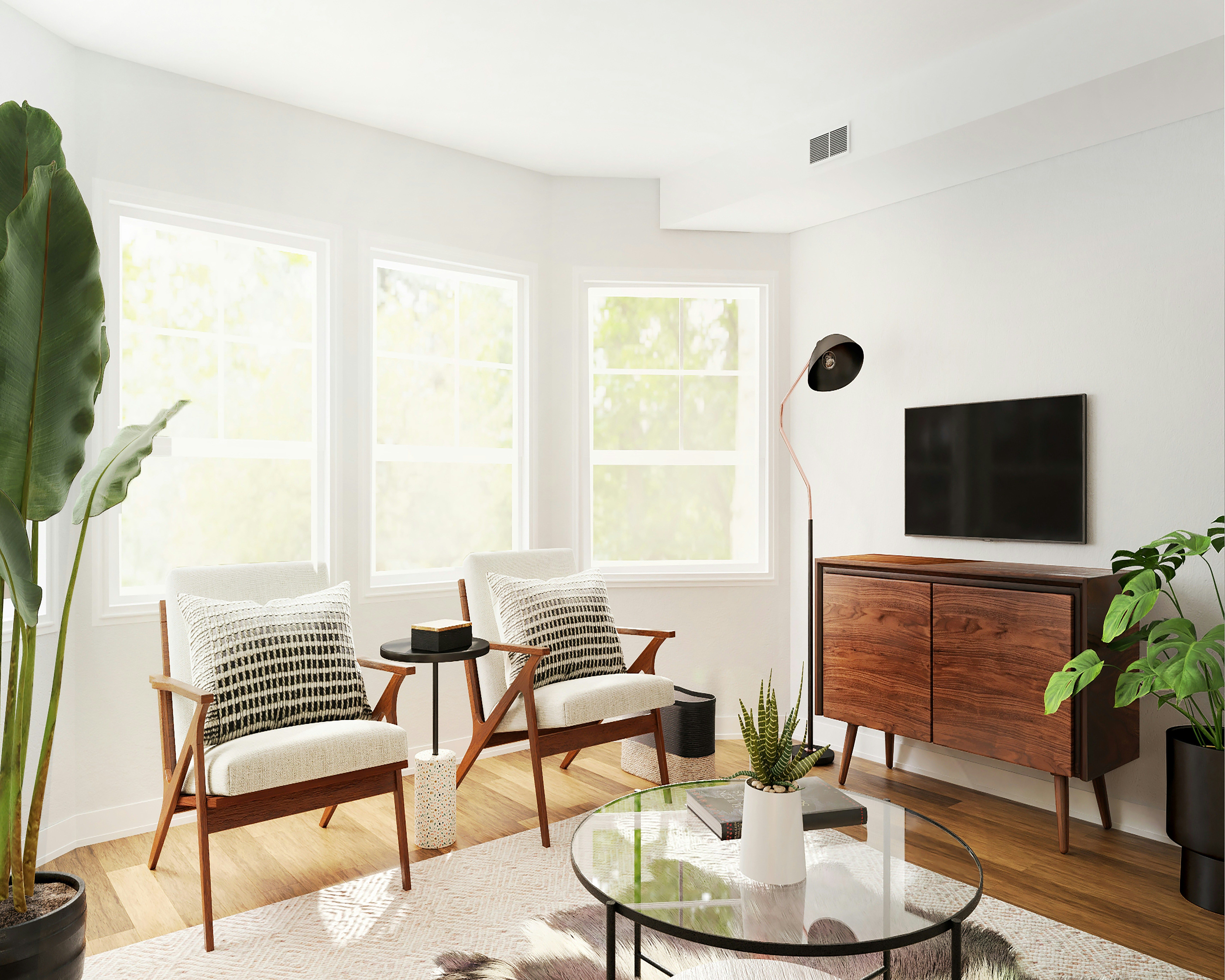
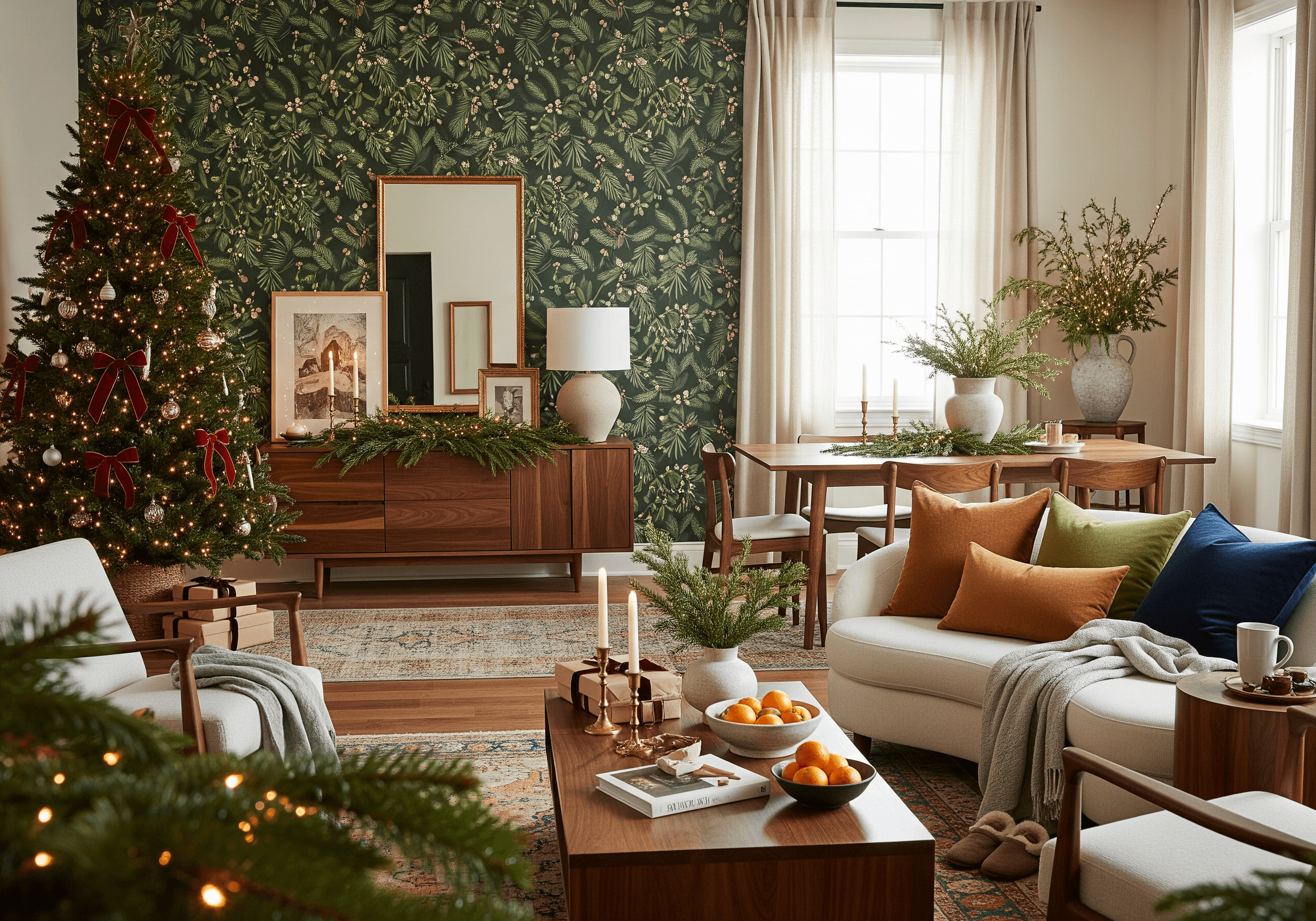
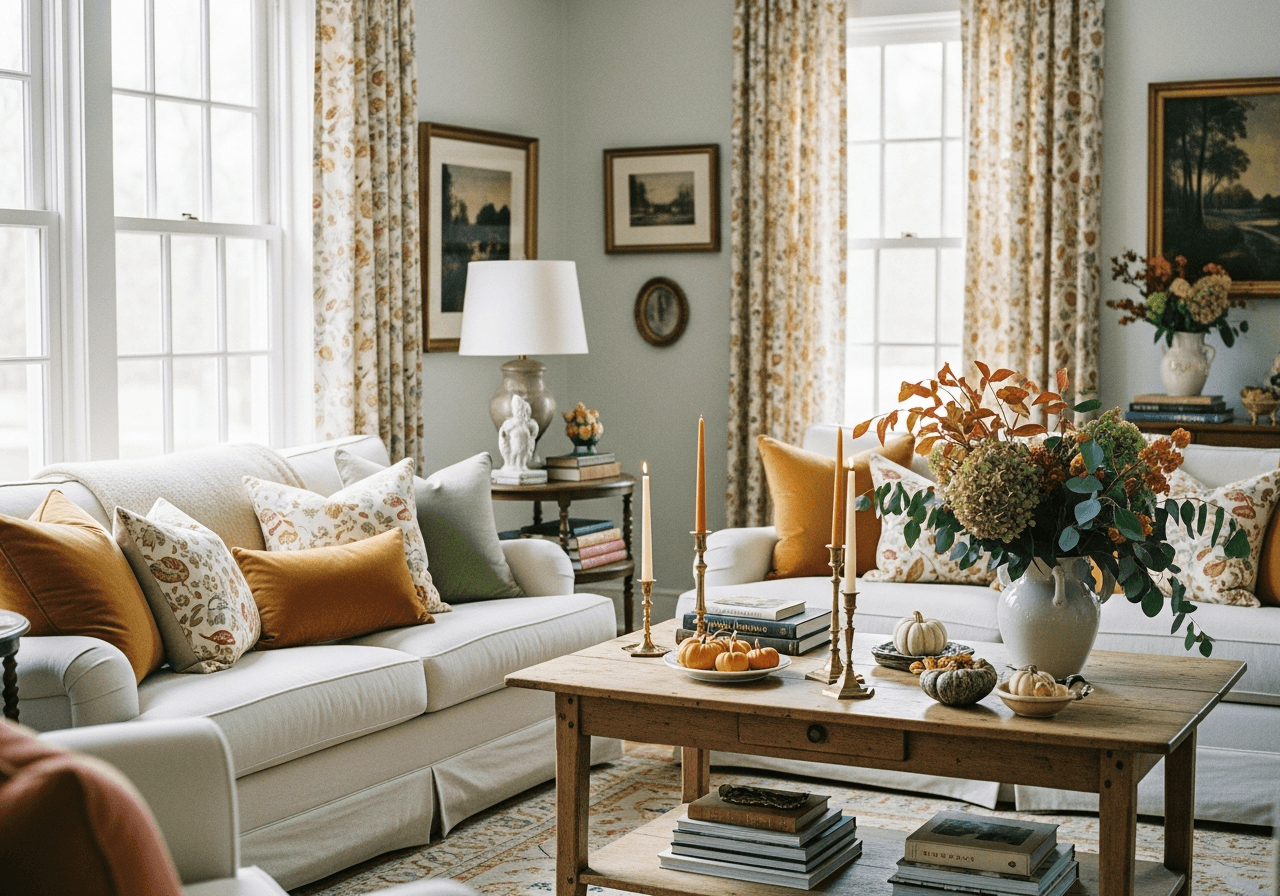
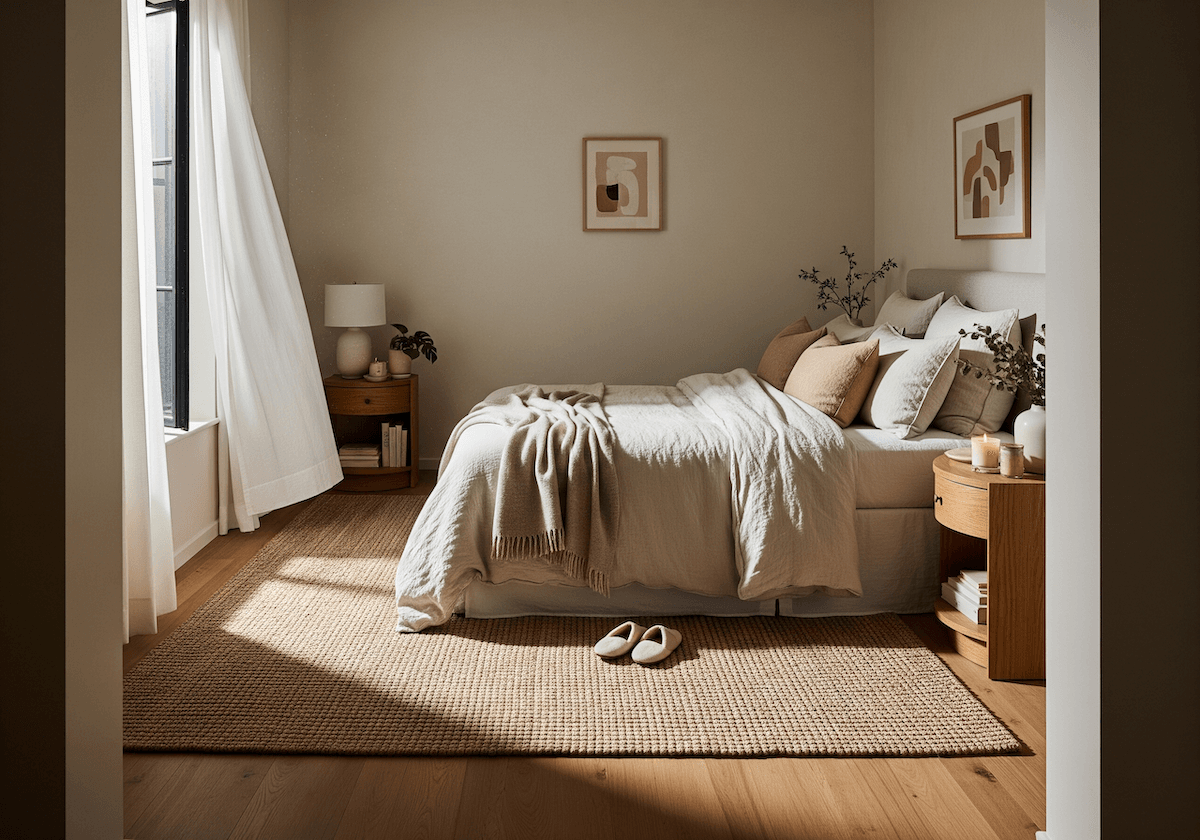

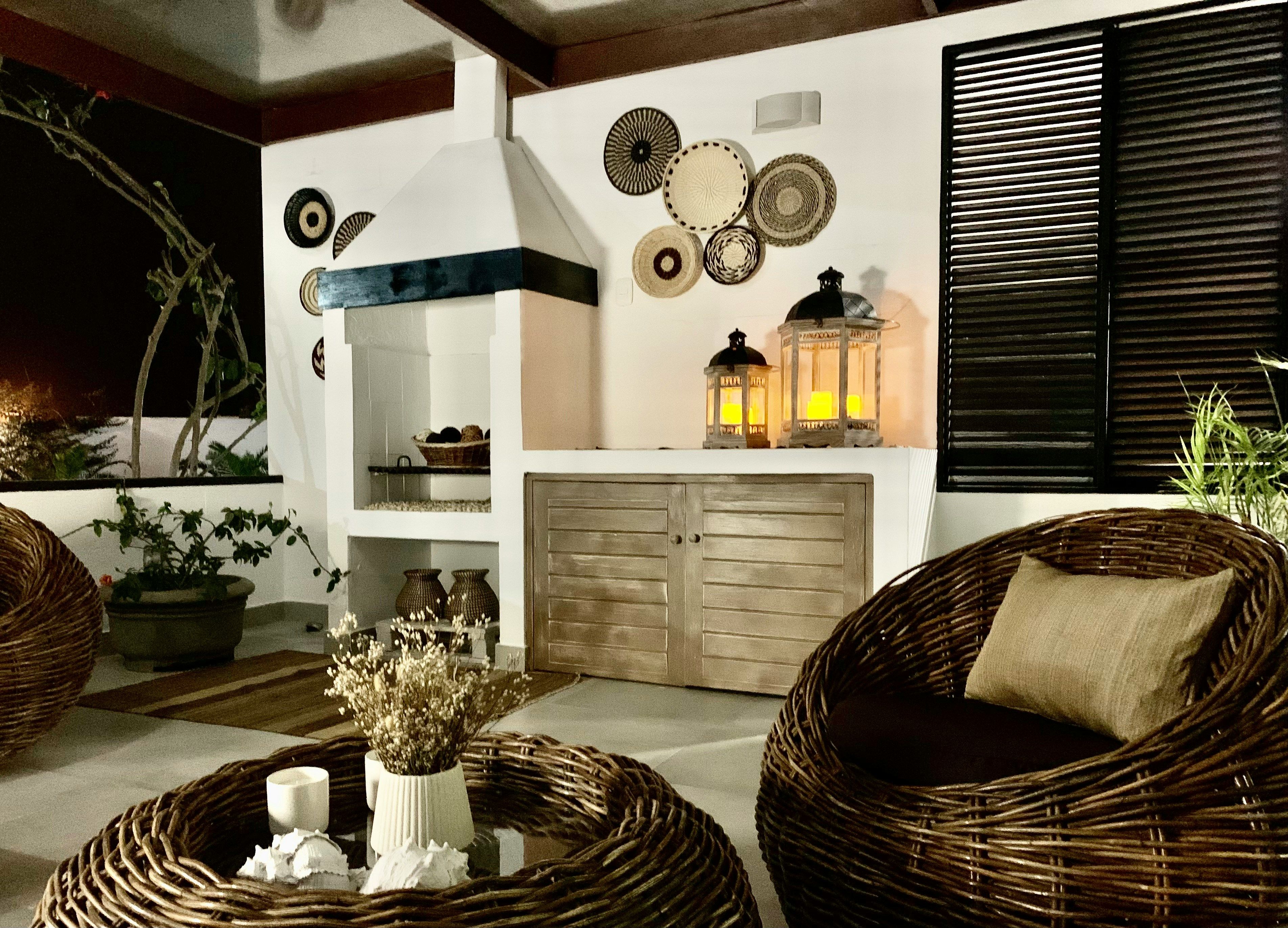


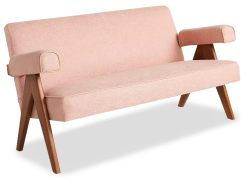

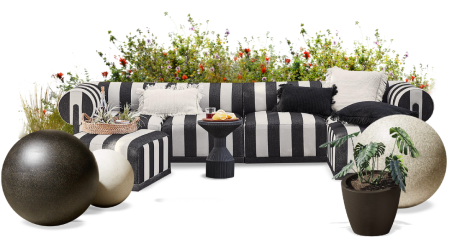
 20h left
20h left




